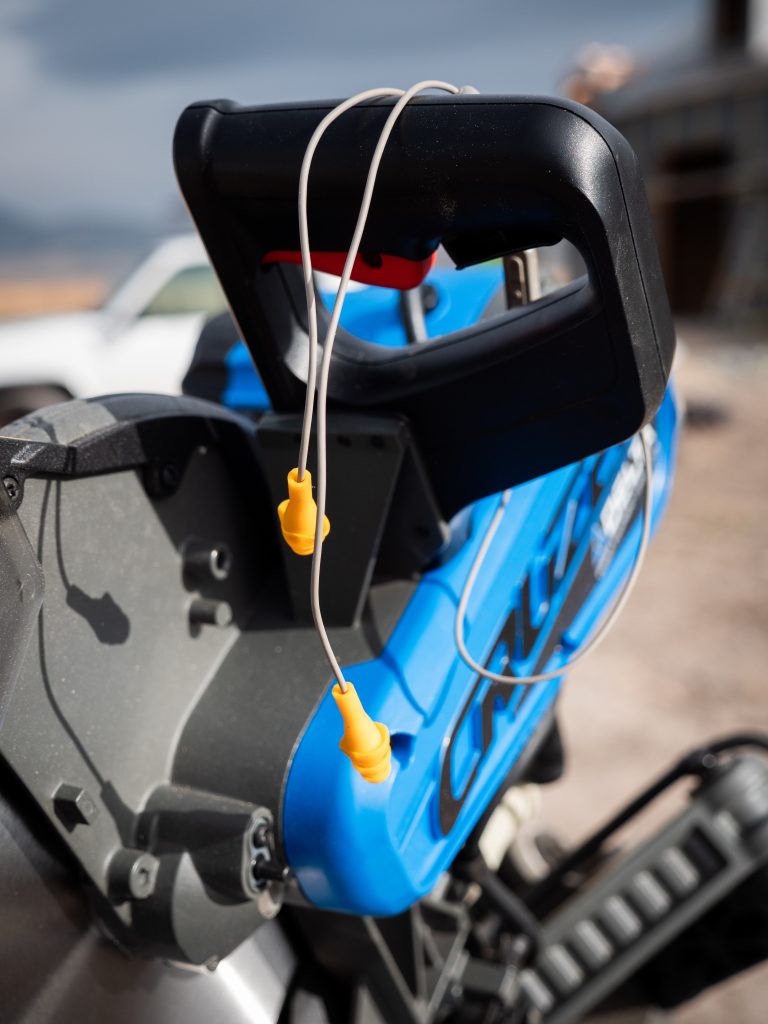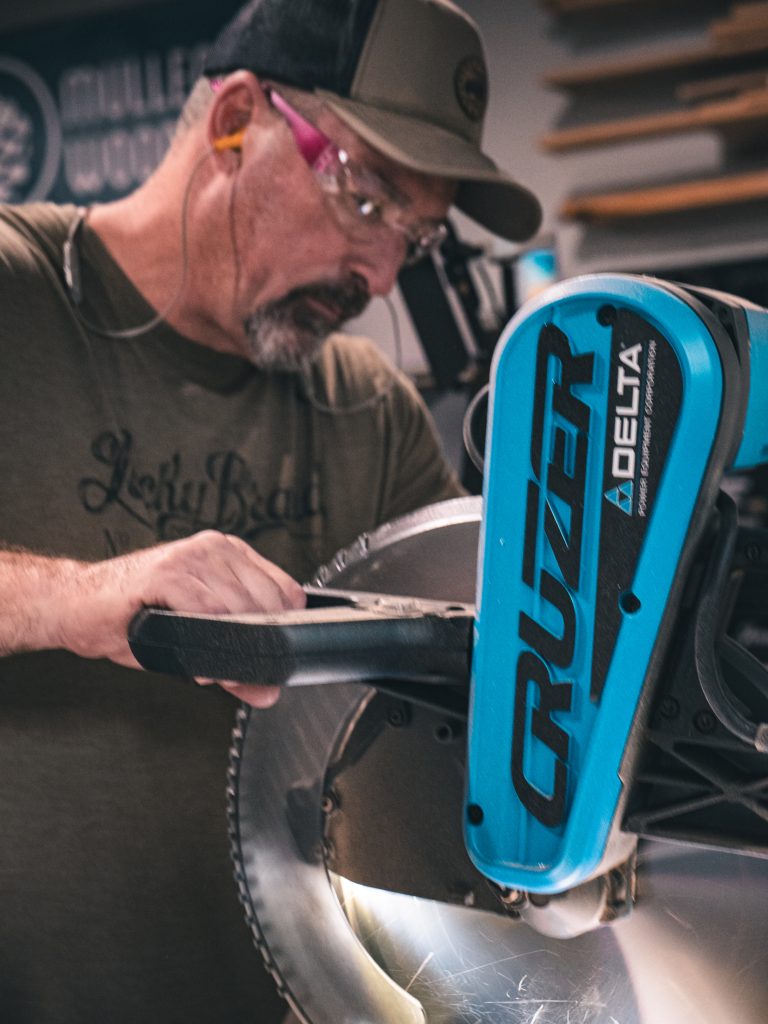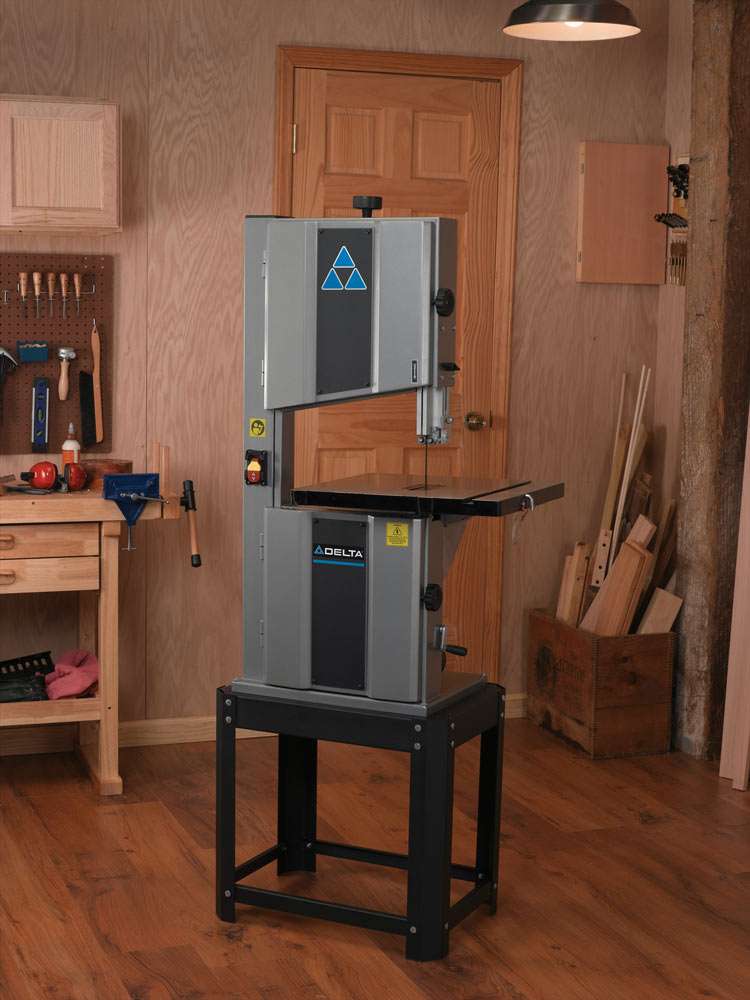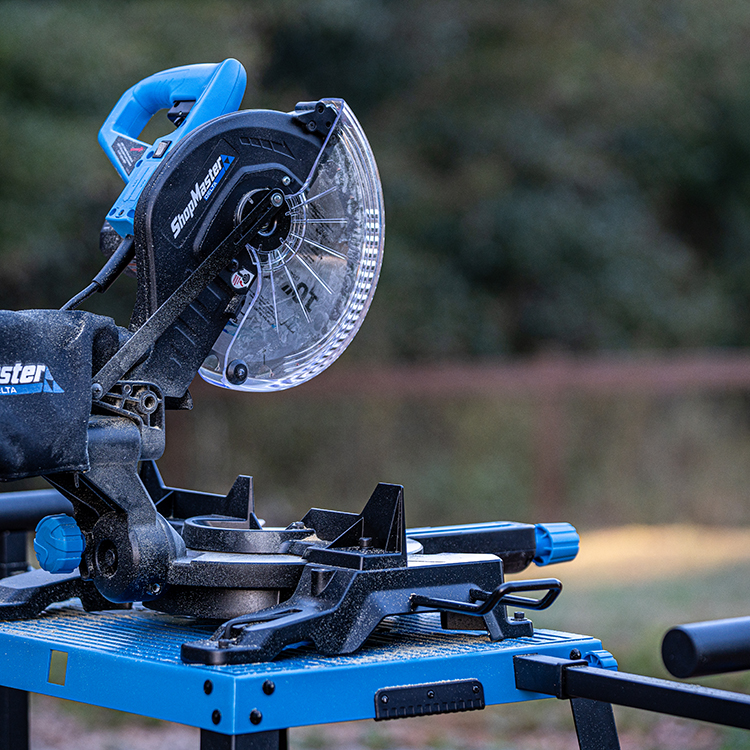Woodworking Safety:
How to Stay Safe in the Shop
Woodworking is a fun activity where you can make cool things and make your ideas come to life, but it’s also important to stay safe while doing it. Injuries can happen, especially if you’re not careful with tools and equipment. Here’s how to make sure you stay safe and enjoy woodworking without any trouble.
Understand the Dangers
Woodworking tools can be dangerous. You can get cuts, or worse, and machines can be really loud, which might hurt your ears. Also, wood dust isn’t good to breathe in because it can make you sick over time. Knowing these risks helps you stay alert.
Top Safety Tips
1. Wear the Right Gear:
- Eyes: Always wear safety goggles to protect your eyes from wood chips and dust.
- Ears: Use earplugs or earmuffs when you use loud machines to keep your hearing safe.
- Lungs: Wear a dust mask when you’re sanding or cutting wood to keep dust out of your lungs.

2. Use Tools Properly:
- Read the Guides: Always read the tool manuals before using them so you know how to use them safely.
- Keep Tools Sharp and Fixed: Make sure your tools are in good shape and sharp; it makes them safer and easier to use.
- Right Tool for the Job: Don’t try to make a tool do something it’s not supposed to do.
3. Keep Your Work Area Clean:
- No Mess: Keep the floor and your workbench clear of scraps and tools so you don’t trip or get hurt.
- Good Lights: Make sure your shop is bright enough to see everything clearly. This helps avoid accidents.
4. Be Careful and Focused:
- Pay Attention: Never use tools when you’re distracted or really tired. And never work if you’ve had alcohol or medicine that makes you drowsy.
- Hold It Tight: Use clamps or vices to hold your wood so it doesn’t move while you’re cutting or sanding.
- Take Your Time: Don’t rush your work. Going slow helps you do better and stay safe.

5. Be Safe with Electricity:
- Check Cords: Make sure the power cords for your tools are okay and not torn or worn out.
- Safe Plugs: Always use tools with three-prong plugs, or use a special outlet that stops shocks.
6. Be Ready for Emergencies:
- First Aid and Fire Safety: Have a first aid kit and a fire extinguisher in your shop. Learn basic first aid just in case.
- Know the Safety Features: Understand how to quickly turn off your tools if something goes wrong.
Make Safety a Big Deal
Always talk about safety, learn new safety tips, and update your rules when you get new tools or start new projects. Keeping everyone safe is a big part of having a great time with woodworking.
By focusing on safety, you can enjoy making things without getting hurt. Remember, keeping your shop safe is the first step to being a great woodworker!






